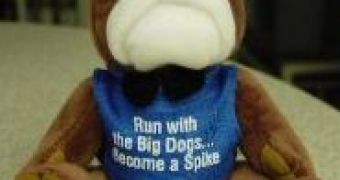Consumer preferences for a brand can be increased over the competition by techniques used to manipulate memory, finds research published today in Applied Cognitive Psychology.
The study's primary investigator Antonia Kronlund, now at the University Of Chicago Graduate School Of Business, based her findings on participants' responses to two experiments about anagrams. They found that when participants had to solve an anagram before seeing a target brand, they were more likely to claim to have seen the brand before. Participants also had higher preference ratings for the brand relative to competing brands in the same product category.
"It's the actual contrast between seeing the anagram in its initial, versus its solved form, that we believe creates this preference effect. That is because the anagram in its initial form appears to be non-fluent--participants have never seen anagrams such as GANECY before.
Once solved, however, the solution is processed with high fluency. Think of the "aha" experience one would feel when realizing the solution is AGENCY. We believe that this surprising fluency, arising from the disparity, gets misattributed to brand recognition and preference," says Dr. Kronlund.
In the US, impulse buying reportedly generates over $4 billion annually. These findings take important further steps to understanding the subconscious processes that underlie brand recognition and preference.
"Our research demonstrates that certain problem solving techniques, which pose a challenge to the consumer, trigger a response that makes the target brand seem highly fluent, or familiar. This process consistently translates into increased recognition of the brand, and more importantly, higher preference towards the brand over the competition. Such techniques can be used by marketers in magazine layouts, in store displays--the possibilities are endless," says Dr. Kronlund.

 14 DAY TRIAL //
14 DAY TRIAL //